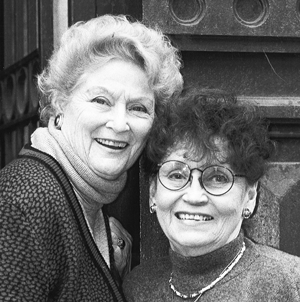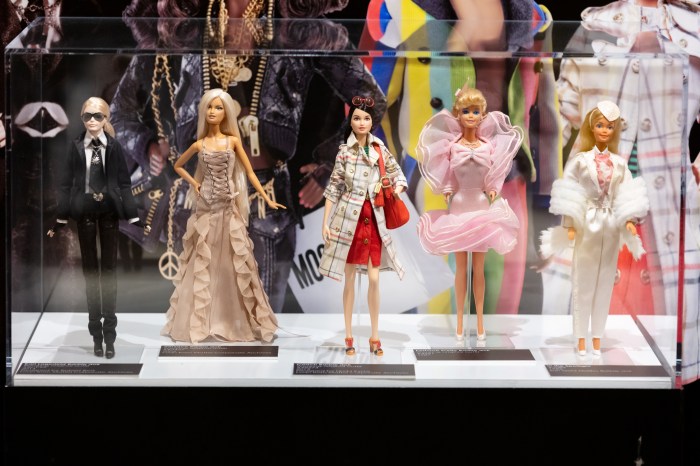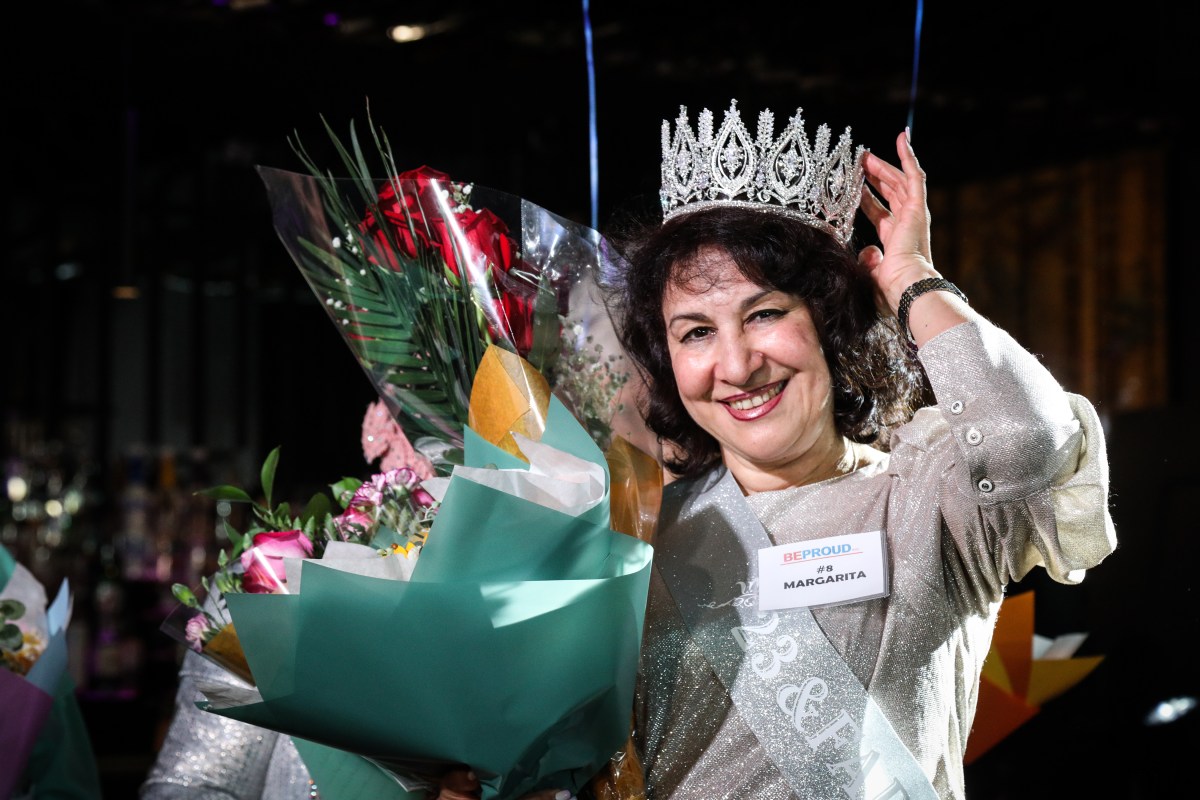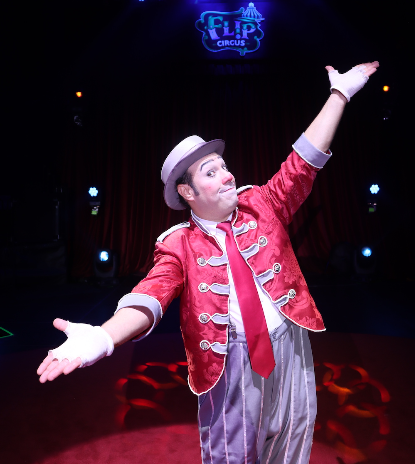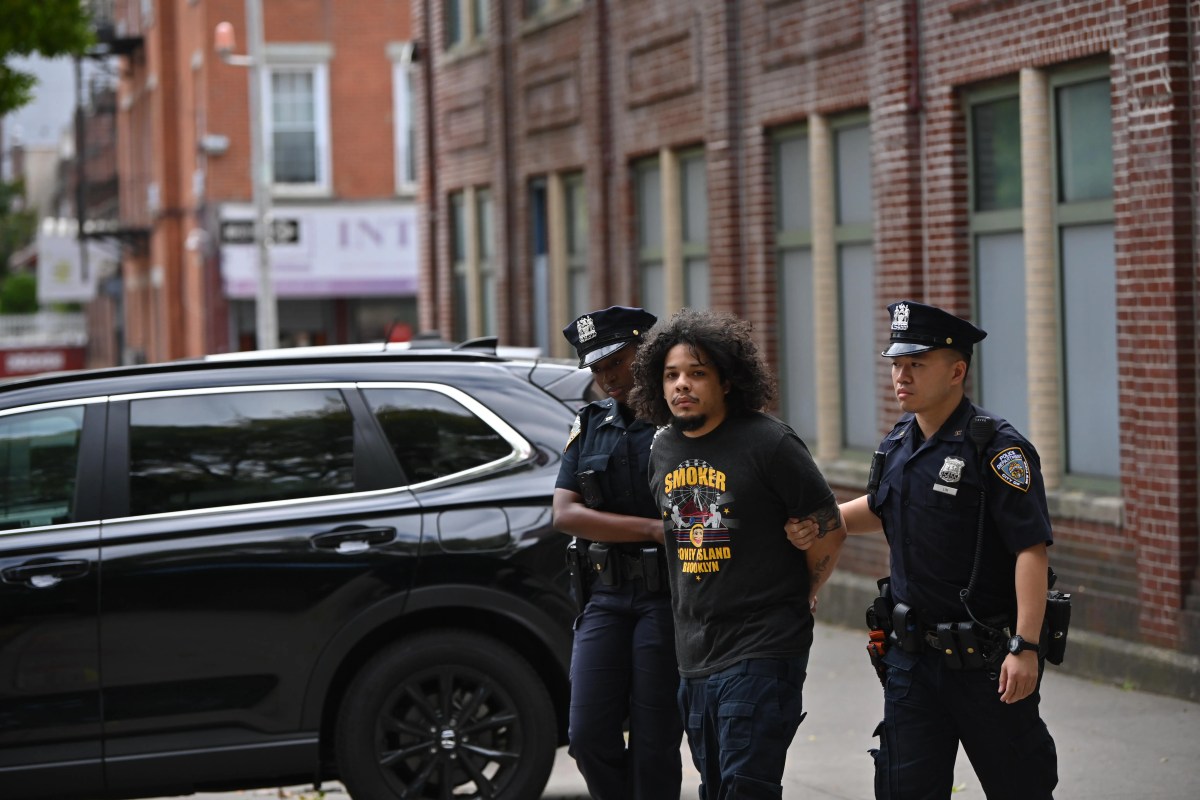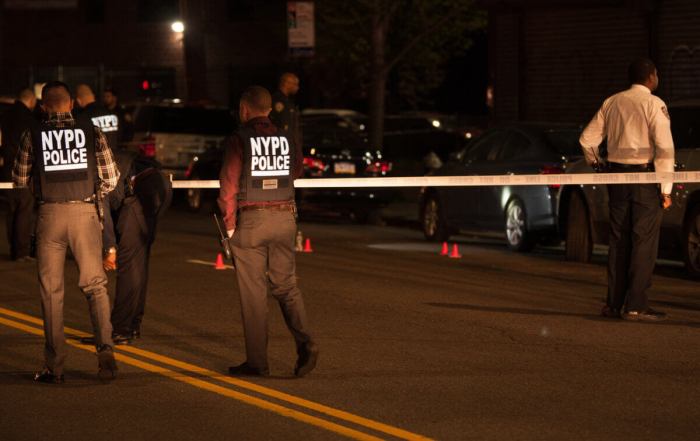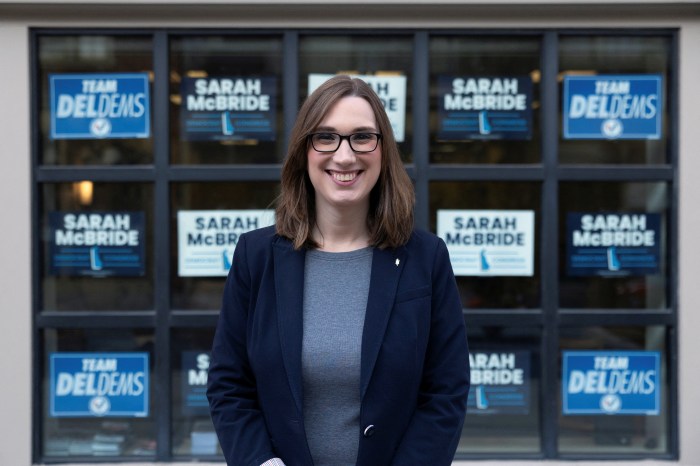
BY LORENZO LIGATO | “Art is a guarantee of sanity.” So read the characters printed on the black T-shirt that Aura Levitas was wearing the afternoon I met her, in the parlor of Greenwich House’s Senior Center on the north side of Washington Square Park.
Next to her was sitting Ingrid Edwards, in a chic dark blazer and white-and-red blouse. Surrounding the two vivacious ladies affiliated with the senior center were a collection of oil paintings, pastel artworks and photographs occupying the bright walls of the parlor, along with ceramics and other articles studiously installed around the room.
Yet, in the case of Levitas and Edwards, Louise Bourgeois’s famous dictum about art is only partially correct: For the two women, art has been first and foremost a guarantee of friendship. Levitas and Edwards, both artists and retired dancers, first met while working together in a Broadway production in 1947.
In the succeeding years, the pair cemented their friendship when they appeared as dancers in a series of Broadway shows — including the original production of Tony Award-winning musical “Kiss me, Kate” in 1948 — before leaving the stage for television and art exhibitions.
“We met on a show called ‘Sweethearts,’ and we’ve been sweethearts ever since,” said Levitas, smiling.
Today, the two friends of more than 60 years are the founders and curators of an annual all-elders art show at Greenwich House’s Senior Center on the Square. The “20 over 60 Senior Art Show” — this year in its fifth edition — kicked off Fri., May 18, at 20 Washington Square North, drawing more than 200 attendees from the neighborhood and beyond.
For seven days, the senior centers’ parlor housed 48 mixed-media visual artworks from 20 seniors affiliated with Greenwich House. The pieces on display were all available for sale, with 40 percent of the proceeds benefiting Greenwich House’s senior arts programs. The artworks were selected by a jury panel composed of New York Times culture editor Deborah Leiderman, NY1 arts and culture reporter Stephanie Simon and Greenwich House Pottery director Adam Welch.
“We began this show in an effort to highlight the older artists in the city who are exploring new mediums and channels of creativity as they develop and grow both as artists and New York City residents,” said Levitas and Edwards in a statement. “Our immediate goal was just to have a good show.”
The weeklong show first began as “12 over 50” in 2008, Levitas explained, adding that she searched all over the neighborhood for a space to install the exhibition. Eventually, she decided to hold it at the senior center, of which she was then a board member.
But, after Greenwich House — a social-service provider and cultural community based in the Village — acquired the former Caring Community Center on Washington Square North last July, the exhibition changed its name and has been adapted to increase the number of artists featured, with the requirement that all be at least age 60.
Yet, when it comes to creativity and artistic sense, age is really just a number.
“Art keeps us young,” said Julia Sager, a Gramercy Park resident and ceramist who had a bowl and a platter displayed at the show. “I just really love the magic of creating something new.”
Joan Silinish, a Tribeca artist who submitted three photographs, applauded the show as an “impressively surprising” experience, both for the mature artists and for the visitors.
“This exhibition really shows the talent that New York City seniors can offer,” she said, adding that participating in the exhibition helps encourage the elderly to pursue their artistic ambitions.
The show’s two founders concurred that, for these senior artists, the prospect of displaying their work is not only reinvigorating, but also motivating.
“To have a show is an inspiration, especially for older artists,” Levitas said of the senior exhibition, which was up through May 25.
“Everybody who has artistic or creative sense would take up something — whether it’s painting, pottery or poetry,” echoed Edwards. “For me, I always found that painting was the answer: When I don’t paint, I feel sick. It’s really a sort of self-defense mechanism.”
Levitas concluded: “So, truly, art is a guaranty of sanity: It gives you impetus and reason to work.”
Besides, the two women said, arts have been an “incredibly important” aspect of their lives for decades. After Broadway, Levitas, a native of Brooklyn, danced on TV for 11 years, including on “The Perry Como Show” and “The Milton Berle Show,” among others. Later, she started creating assemblages.
For her part, Edwards, born in Switzerland and raised in Cleveland and Chicago, left New York and went on to teach art at an all-girls school in New Jersey.
“That was the only time when Aura and I lost touch for a little while,” Edwards said. Yet, she added, when her husband, Sherman Edwards, composed the musical score for the 1969 Broadway sensation “1776,” he ran into Aura’s husband, set designer Willard Levitas.
“Soon they realized their wives knew each other,” Levitas said. “So, ‘1776’ brought us back together.”
That reunion, Levitas and Edwards noted, was the start of a new partnership, both as friends and artists. During more than half a century of friendship in New York, the two women have cultivated their art, motivating one another and benefiting from each other’s critiques.
“We help each other, especially with our art,” Levitas said. “And of course, we party together.”



